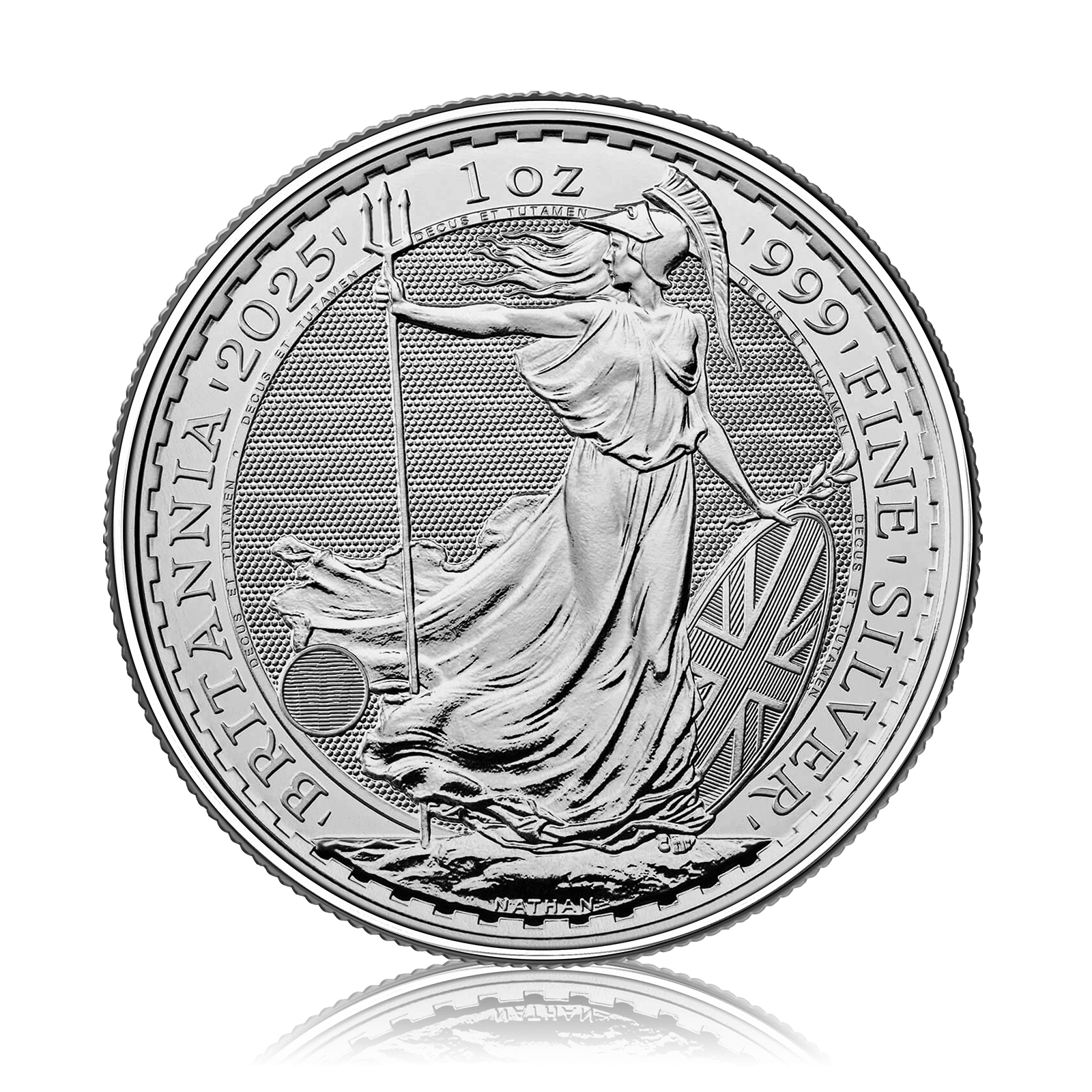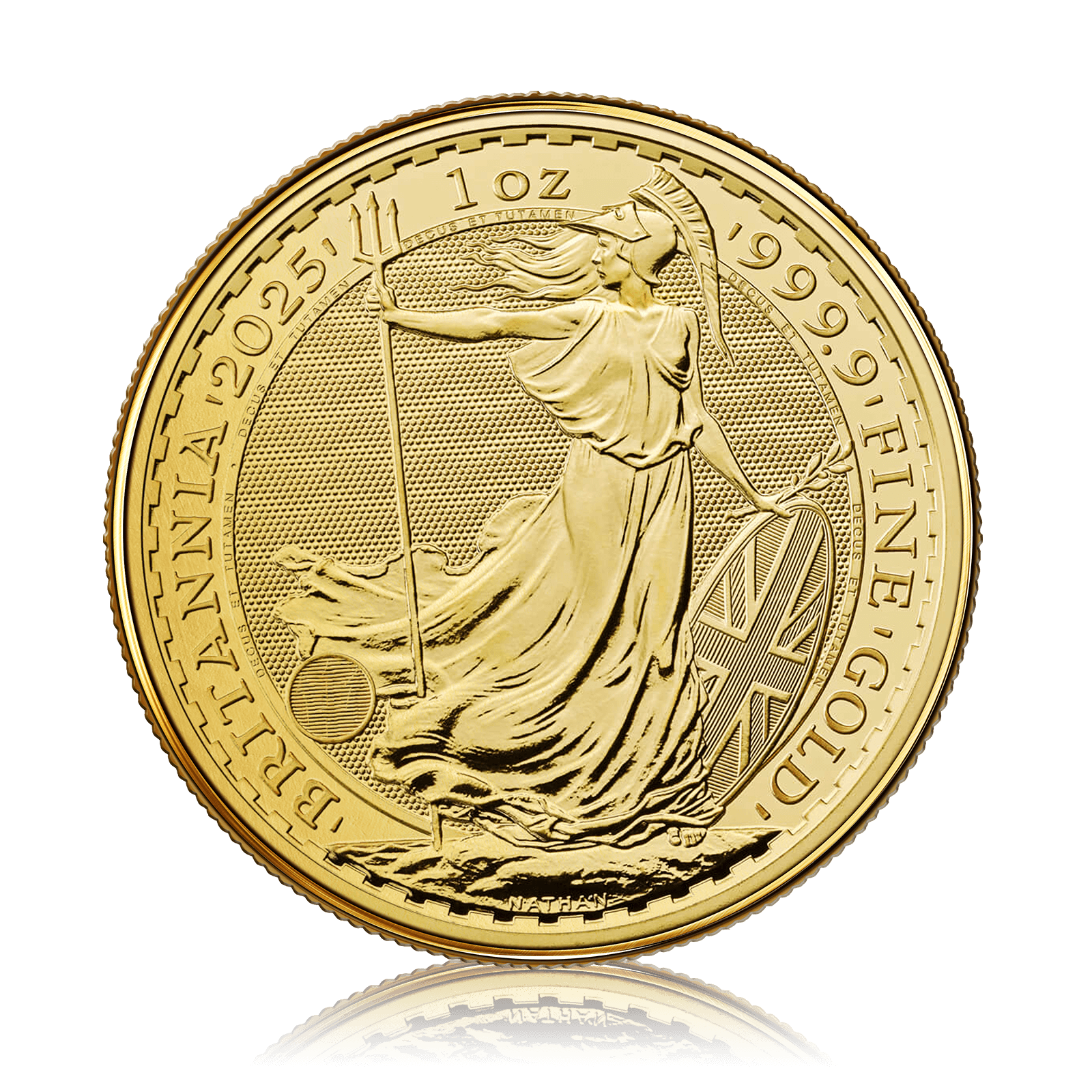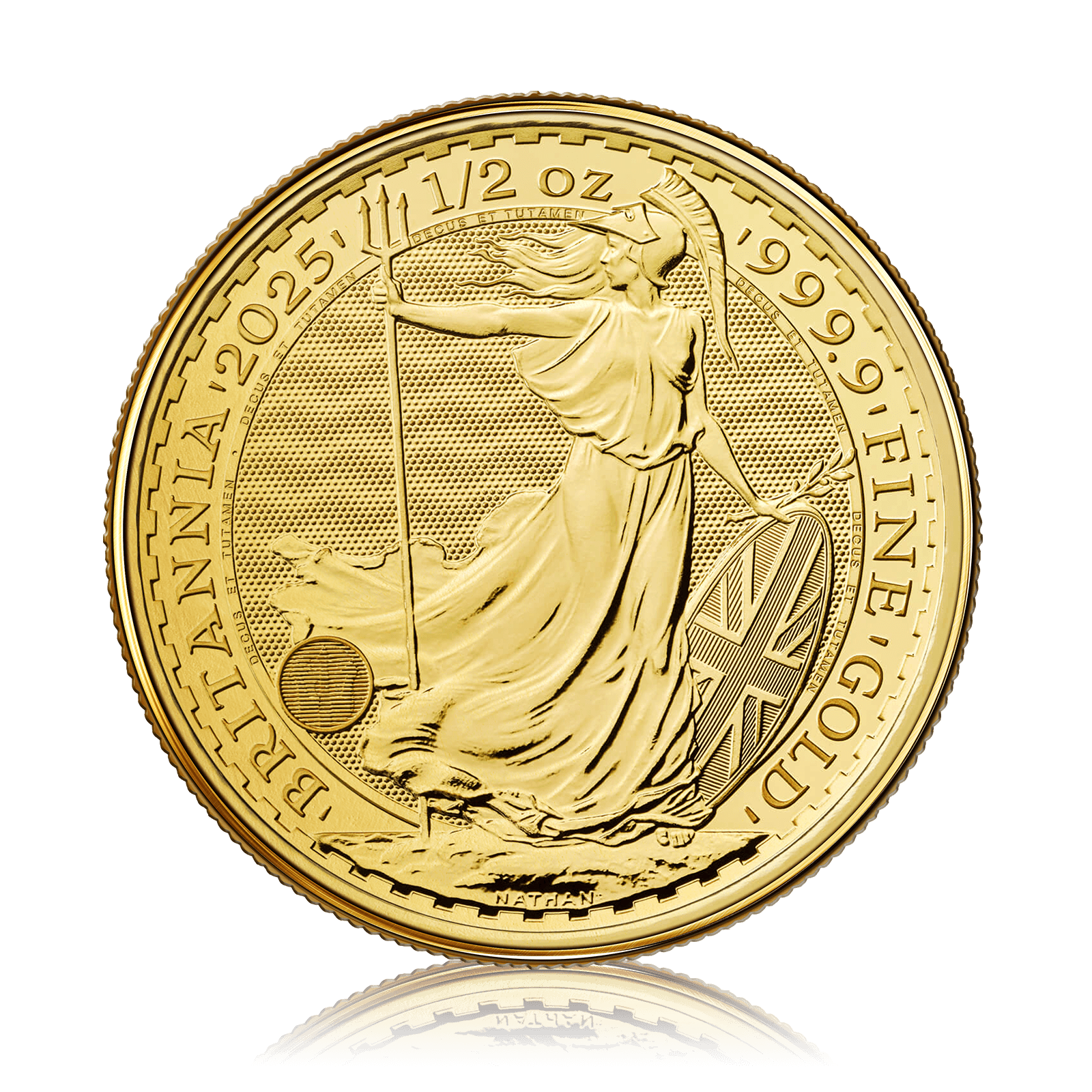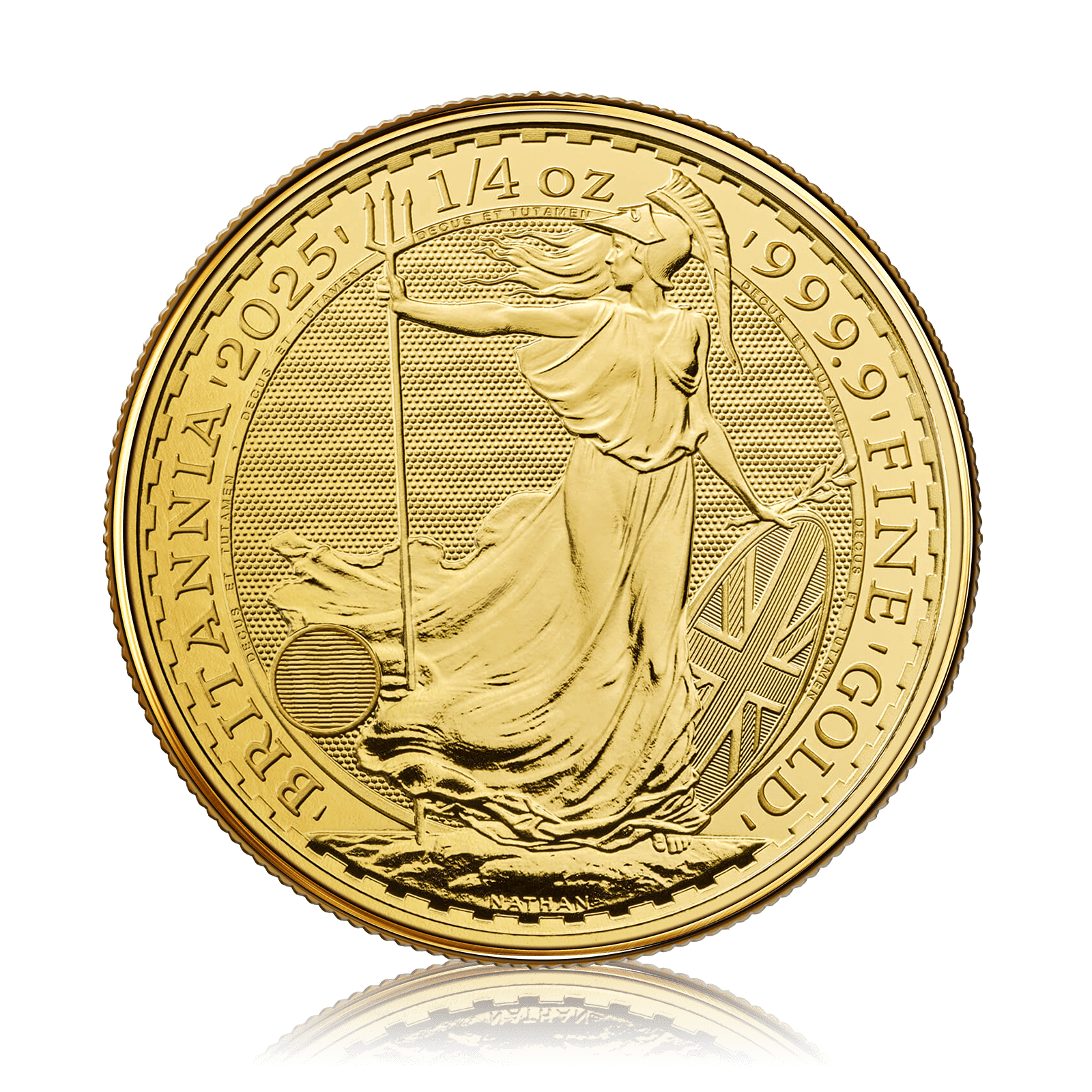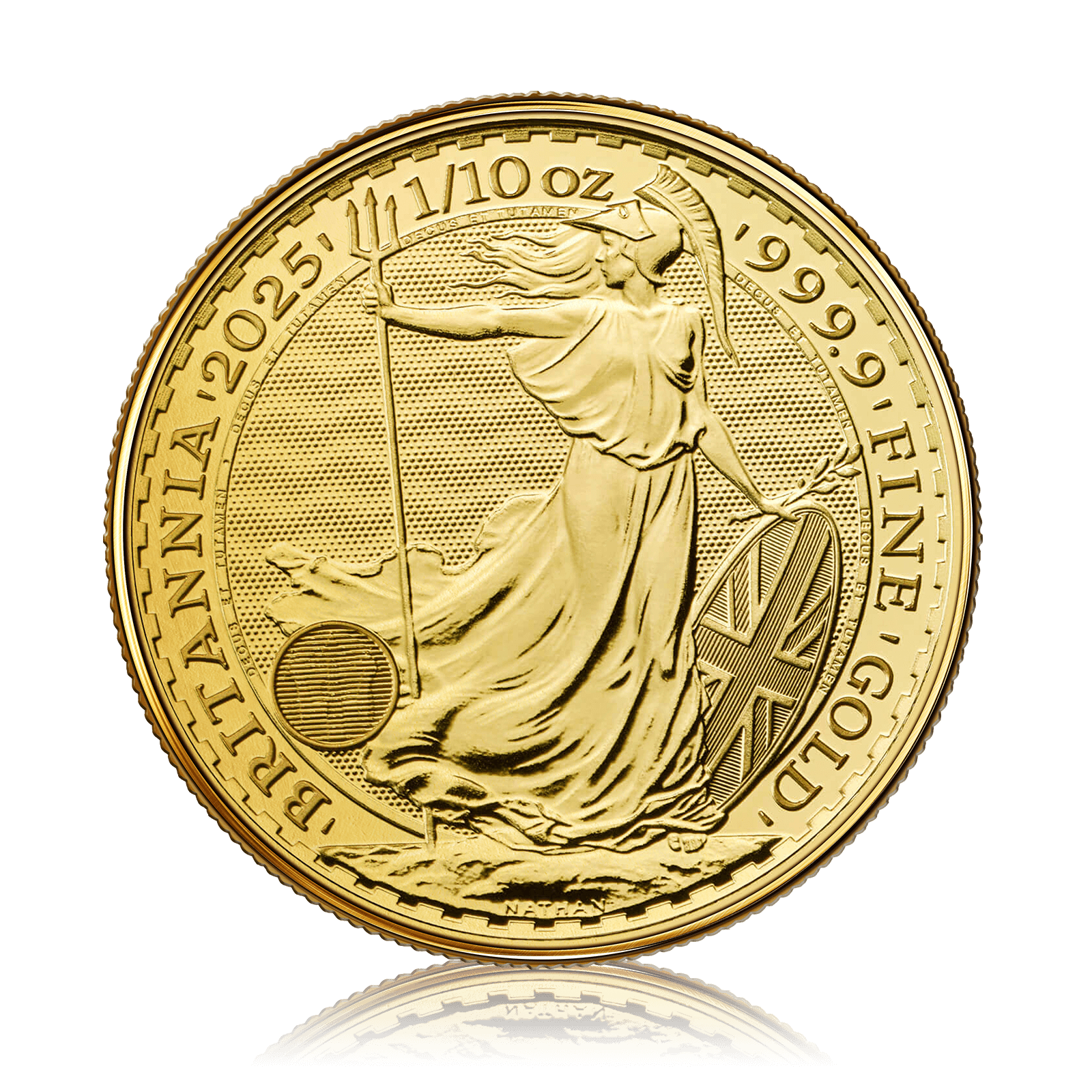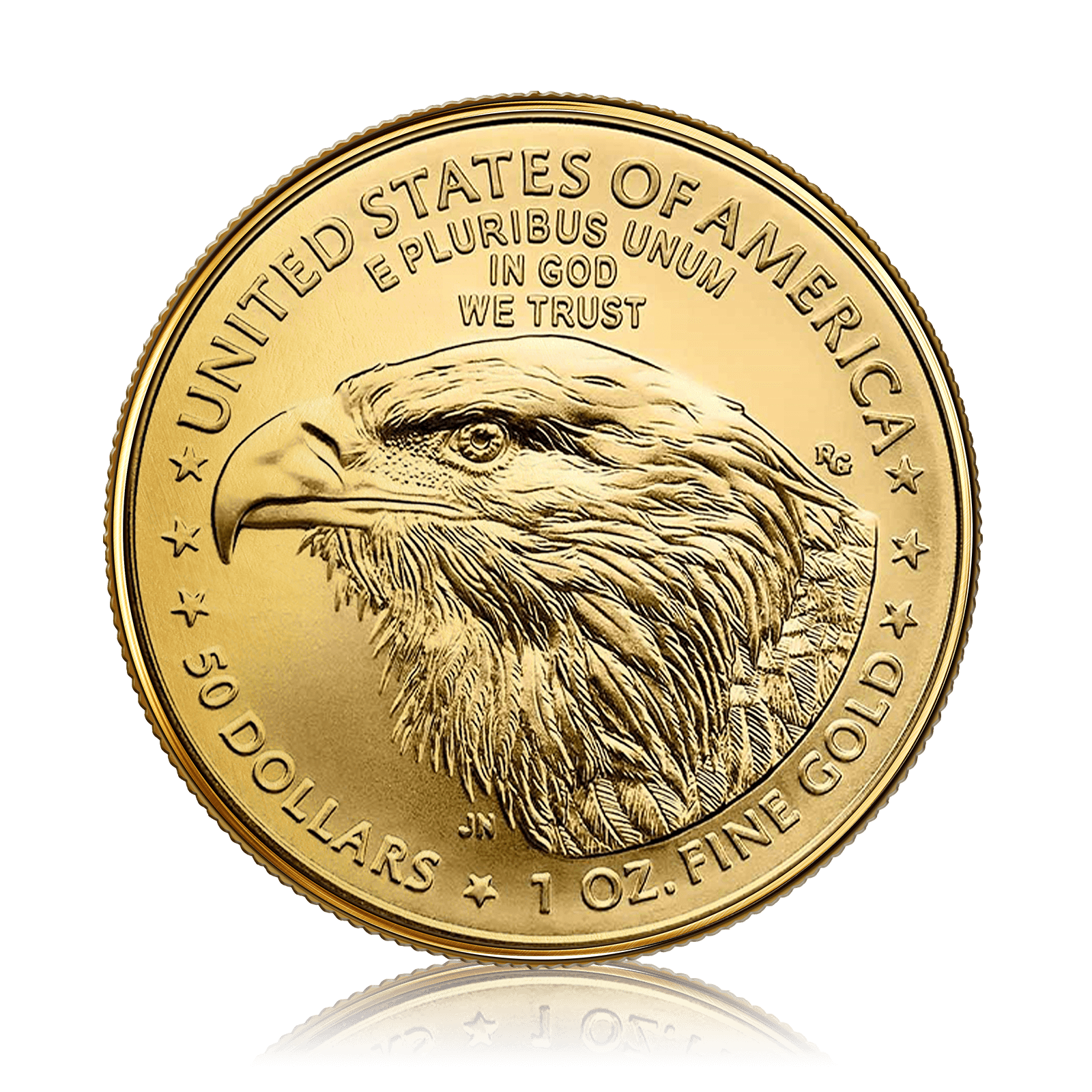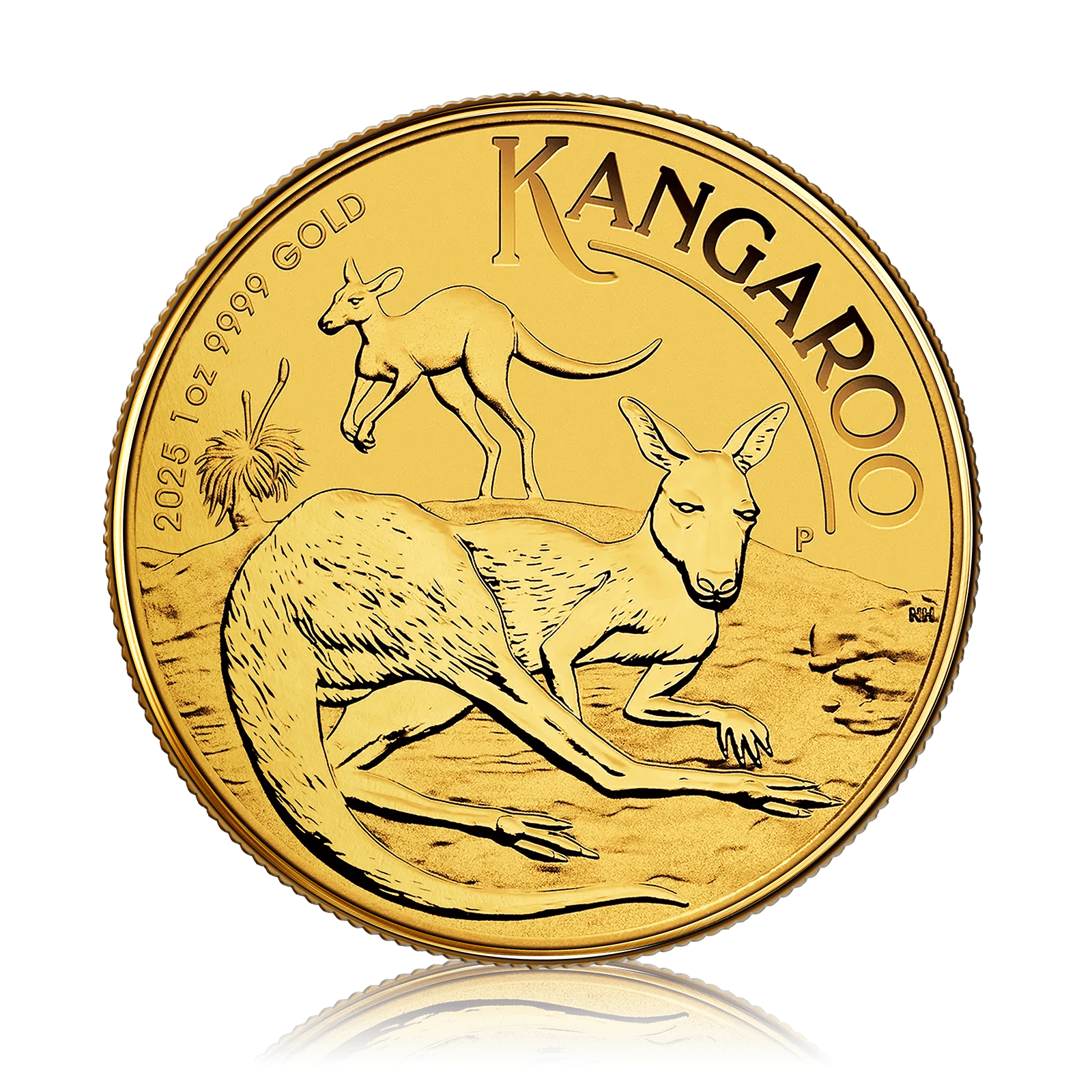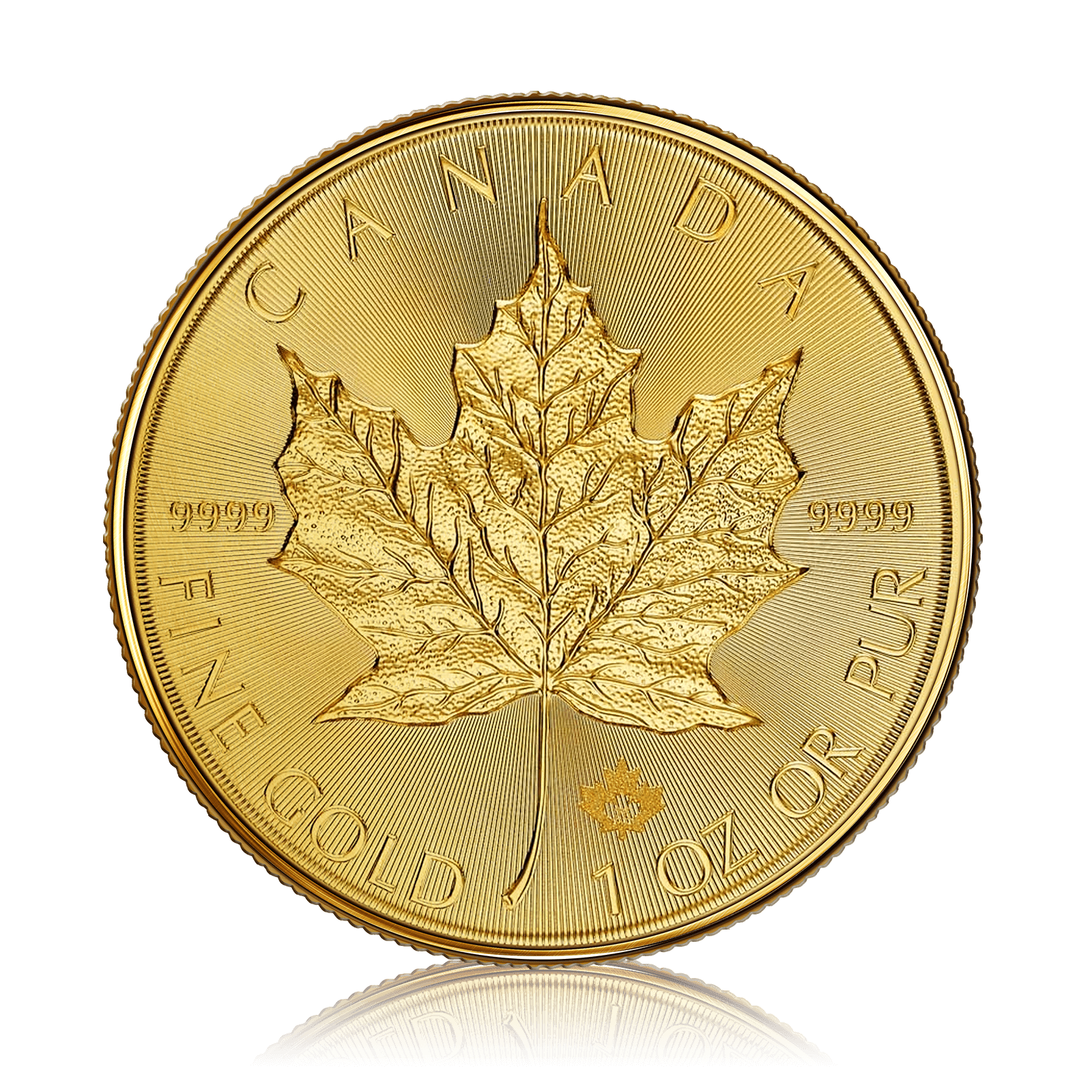All gold is worth the same, right?
Not quite.
If you’ve ever had gold valued – especially jewellery – you’ll know that some pieces are worth more than others. And sometimes, it’s the items you least expect that turn out to hold the most value.
Having been in the gold buying and selling business for over 30 years, we know our carats from our carrots (so to speak). So we thought we’d break down what actually affects the value of gold, what we look for, and why not all gold is created equal.
Purity and carat
Gold’s value ultimately comes down to purity – and that’s where caratage matters. The purer the gold, the higher its value.
‘Caratage’ is the measure of how much pure gold is present in a piece, because often it is alloyed with other metals.
So technically, our title is a bit misleading. Pure gold is pure gold. The ‘types’ of gold arise from how much it’s been mixed with other metals, and what those metals are.
Understanding Carat
Gold purity is measured in carat (or ‘karat’ in US English).
24 carat is pure gold – no other metals, just gold in its natural state.
18 carat gold means 18 parts gold and six parts other metals such as copper or silver – making it 75% pure.
Minimum legal caratage i.e. the official way to deem if something is gold or not, varies from country to country. In the US, it’s 10 carats. In the UK, it’s nine. In parts of Europe such as Denmark, Germany and Greece, it’s just eight.
The higher the carat, the more gold you’re getting and the more it’s worth when you come to sell. But caratage isn’t the only factor that affects gold’s value.
How gold’s colours affects value
Pure gold has a distinct orangey-yellow hue, but when alloyed with other metals, not only does gold become harder and more durable, but its colour can also change. That’s how we get white gold, rose gold, and even green gold.
Yellow gold = gold + silver, copper, and zinc
As gold as gold gets!
White gold = gold + palladium, nickel, or platinum
A sleek, silvery finish – often plated with rhodium for extra shine.
Rose gold = gold + copper
Warm, pinkish tones have become popular in jewellery.
Green gold = gold + silver
A subtle green tint – less common, but extremely striking.
The colour doesn’t affect the intrinsic value of the gold itself, but market demand can influence price. For example, white or rose gold pieces can sometimes be priced higher due to popularity.
How gold format affects value
The format gold comes in, can affect gold’s price point and value.
Gold coins
Gold coins can sometimes be worth more than their gold content alone – especially if they’re rare or collectible.
Take the 1933 Double Eagle coin, which sold for a staggering $18.9 million. Based purely on weight, its gold value would be around $2,100 – but its rarity pushes its prices into the stratosphere.
Gold jewellery
Jewellery value is influenced by purity and weight – but also by brand, design and condition. A gold ring from an unknown maker has value. But a Cartier gold ring of similar weight? That’s a whole different story. Even second-hand pieces from iconic designer brands can command a premium.
Gold’s values fluctuates
Gold prices are driven by several key factors including:
Supply and demand
During times of economic uncertainty, demand for gold often rises.
Inflation and currency strength
When currency weakens, gold becomes a safe-haven asset.
Mining and production costs
Extracting gold can be costly. Take the Mponeng Mine in South Africa – it’s the world’s deepest gold mine. It stretches over four kilometres underground and temperatures can reach 60°C. That’s not an easy environment to mine in which pushes the price of the gold up.
How to work out the value of your gold
If you’re thinking of selling a gold necklace you no longer wear, or a few coins from a family collection, here’s a few things you’ll want to investigate:
1. Check the purity
Look for a carat stamp or find a reputable dealer and have it tested.
2. Weigh it
How heavy is the piece itself? This gives you a baseline idea of its value.
3. Check the market rate
Gold prices change daily, so when you sell will make a big difference.
4. Choose a reputable buyer
It goes without saying that not all buyers offer the same rates. Some pawnshops or unverified dealers may undervalue your gold. Always go with a trusted gold buyer who offers fair, transparent pricing.
At Gold Bank, we ensure that customers get the best possible price based on live market rates. Our process is simple, secure and fully insured, so you can sell your gold with confidence and knowing you’re in the hands of the experts. Try our instant valuation tool to get a free valuation. You might be sitting on more value than you realise.






